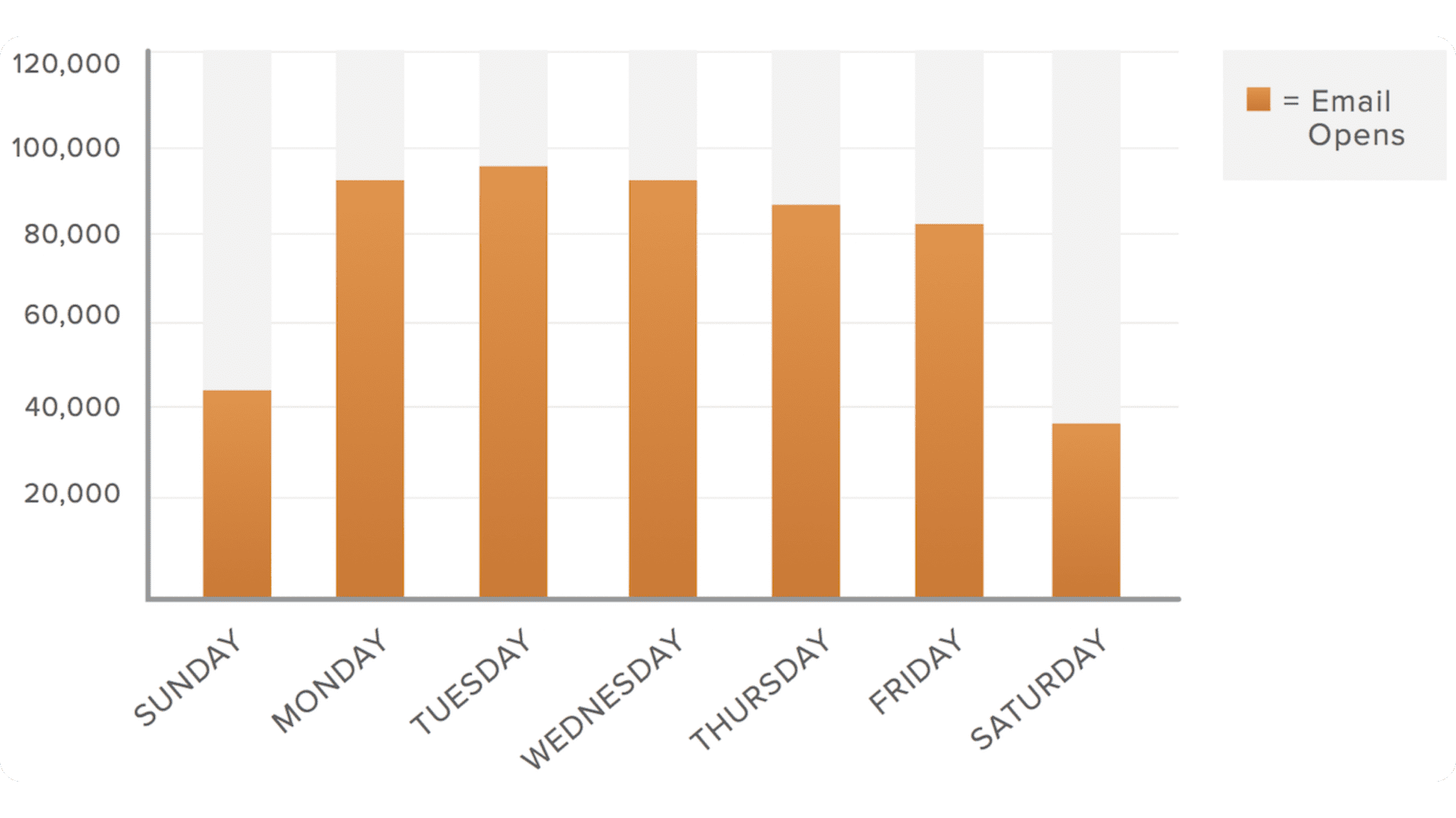Email marketing will work for you/your company if you work with it correctly. In this case it will bring you more leads, retain customer loyalty, get more deals and profits.
A critical success factor is the time to send an email campaign. Yes, it's not the same for everyone and may vary for every B2B company. But there are certain patterns, facts, and cases from other companies that are worth knowing.
But first, let's understand in detail why it is so essential to determine the best time of day to send email.
Why does the day and time to send email campaign matter?
Email marketing is one of the most effective ways to attract new customers and retain old ones. It's also a great way to keep leads and customers informed about new products, sales and events. According to Statista, an average email marketing revenue over the globe will reach nearly 11 billion by the end of 2023.
However, to be successful and improve email deliverability, you need to know the time to send email campaigns so that the emails don't get lost in your subscriber's inbox. «When» and «in what time» you send mailings directly affect user response, engagement, open rate, and bounce rate.
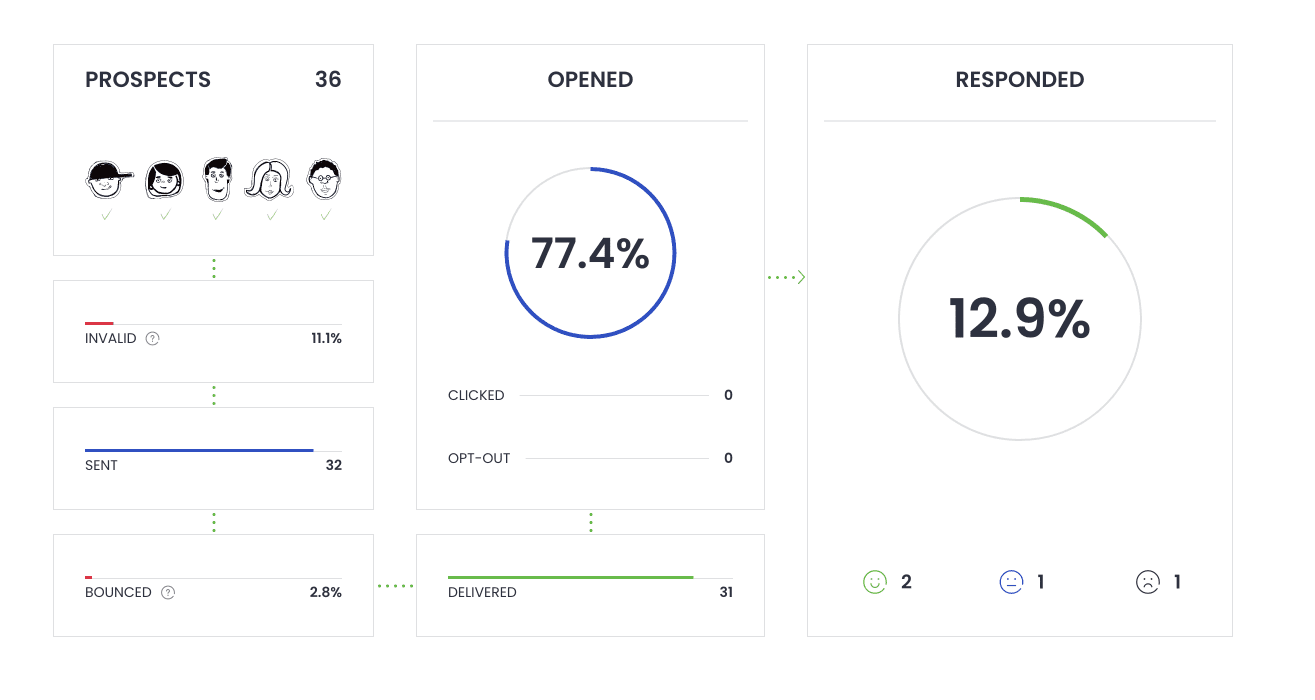
Pay attention to the time zone of subscribers, when they have weekends and holidays. You need to constantly analyze mailings, conduct A/B testing, and identify a number of patterns. Also, the time it takes to send and open emails depends on several factors:
- sender's area of business,
- mailing content,
- mailing frequency,
- target audience,
- devices on which emails are most often opened.
These aspects can vary, with some people more inclined to read emails and make purchases on certain days and hours, while others are more inclined to do so at other times.
When is the best day to send an email and when not to?
The best days to send emails are Tuesday, Wednesday and Thursday. Why so? Well, there are a couple of reasons for that.
No urgency – no mailings. Hard Monday🤘
The first day of the week is the hardest one and it's not the best day to send out email blast. But there are some exceptions which may work for this day. The chance of getting a good response and the recipient's attention is relatively high if your email is urgent and essential.
For example, if you are trying to reach current customers or clients with information about upcoming important events or new features.
Yes, the response rate on Mondays is over 45%, but without any urgent information in your emails you are not likely to become part of this positive statistic.
At the beginning of the work week, a person usually deals with a bunch of emails. They need to choose from this flow of emails what to reply to, and they do it by priority. That's why if you have a mailing that is not urgent, it's better to set the start for another day.
And you need to know about the time to send an email on Monday. Don’t send a mail on Monday morning, otherwise, you risk ending up not opened in the recipient's mailbox during peak hours. There is a high risk that your mailing will be lost or deleted.
A wise decision. The best day to send out email blasts is in the middle of the week
Finally, we're getting to the best days. And that's Tuesday, Thursday, and Wednesday.
By choosing these days, possibly you will increase your chances of retaining customer, and increasing lead loyalty.
HubSpot research about best email open rate days
According to HubSpot, that extracted data from 20 million emails sent over a 10-month period, Tuesdays and Wednesdays were the best days to send emails based on the email open rates by day. And notice that the Monday we talked about earlier is in the top.
Intercom research about best email open rate times and days
At the same time, a study from Intercom found that the best email open rates by day for sending mailings is Tuesday. It is followed by Thursday. The company representatives found that it was on these days when emails were opened much faster than on other days of the week.
The data about Wednesday here gives us reason to think again that everyone ends up with different results by the day, and not everything is so relative.
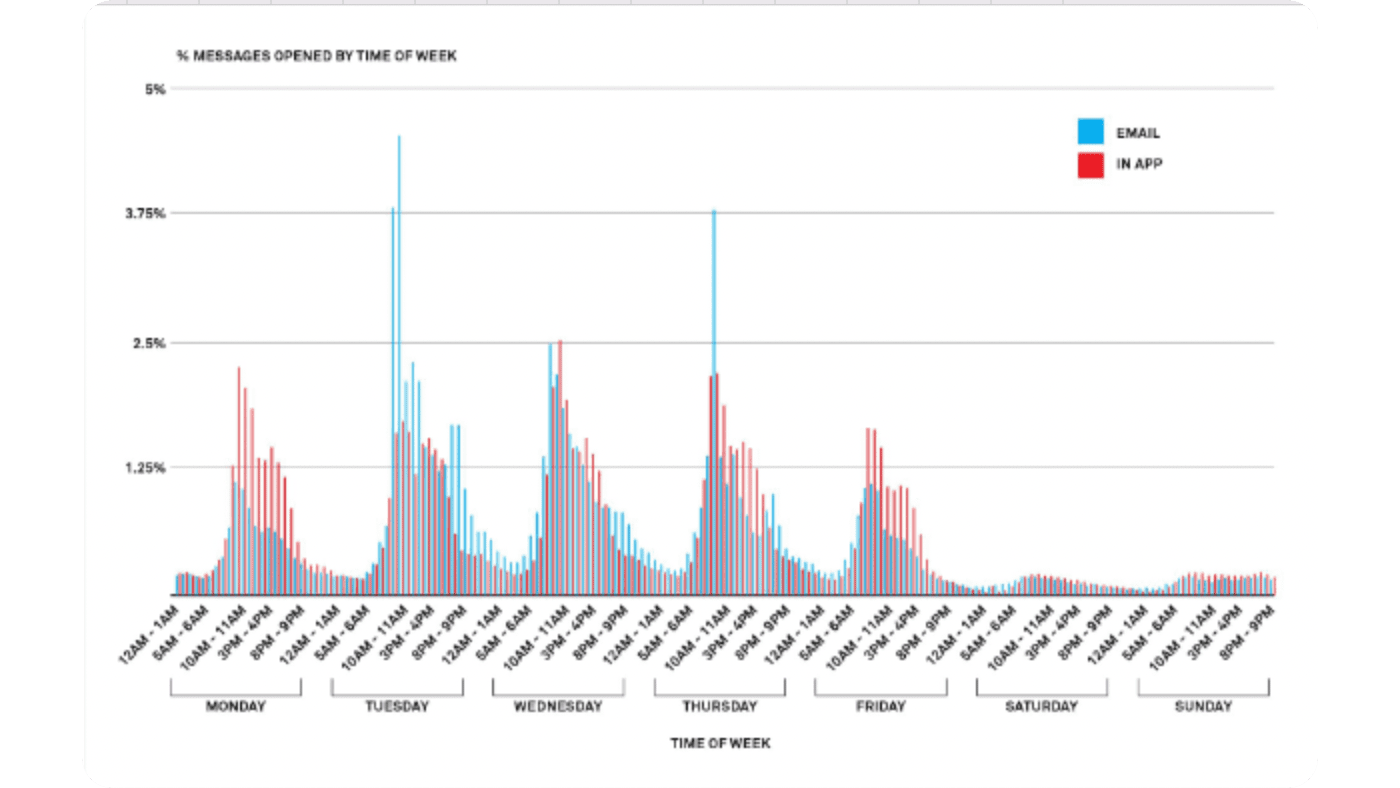
Good choice, but not always. No serious emails on Fridays
If you look at the results of HubSpot and Intercom research, you can conclude that it's not a bad time to send emails on Friday. But, as usual, there is a but.
It is true only if you send some entertaining emails – some interesting content, photo, and video. At the end of the work week, your subscribers don't want to read anything serious at all.
Worst option. Is it bad to send emails late at night, on weekends, and on holidays? YEP!!!
Sending emails at night, on weekends, or on holidays is not a good idea. First, people may simply not notice that something came on their mail. Although it might even be better for you if the recipient doesn't notice an email from you at their untouchable personal time.
And that notification of your mailing will wake up a lead or a client or distract them from their own business? They may simply form a negative opinion of you, no longer perceive you as a professional, and you will lose their loyalty.
Note. If you send email on Saturday, Sunday, on holidays, or at night - you may receive a positive response only from your family and friends, but this doesn’t apply to business. As for business, forget about these days when you set up a mailing list for subscribers.
When is the best time to send an email? In the morning or the evening?
According to research by Coschedule and other B2B companies, sending emails can achieve good results both in the morning and in the evening.
What specific times have representatives from this particular company been identified?
- 6 a.m. Half of the people start their day by checking their email on their phones before they even get out of bed.
- 10 a.m. Not everyone gets up at 6 a.m. and starts work at 7-8 a.m. Many only get to their email box only by 10:00 a.m. Even from Intercom's analytics, you can see that this is the most successful time.
- 2:00 p.m. At this time people are quite active in reviewing their emails when they are out of work mode or looking for something to distract themselves with.
- 8 p.m. That would seem quite late, but don't confuse it with nighttime. At 8 p.m., people check their emails before going to bed, and you can get many hits on your mailing list/openings.
But to draw any conclusions, you need to see more cases. Let's move on.
When is the best time to send marketing emails?
Companies with the best opening hours in the morning.
According to research by B2B companies Omnisend, Klaviyo, and GetResponse, such data was revealed regarding the best email open rate times in the first half of the day.
| Mailchimp | Hubspot | WordStream | Omnisend |
| 10 am – best OR | 11 am – best OR | 8 – 9 am – best OR (25%) | 8 am – best OR (20,32%) |
What is the best time to send promotional emails?
Companies with the best open rate both in the morning and in the afternoon.
| Sendinblue | Klaviyo | GetResponse |
| 10 am – best OR 3 – 4 pm – best OR 6 – 7 pm – best OR | In the evening and in the afternoon – best OR (19,31%) | 9 – 10 am – best OR (21,35%) 1 – 2 pm – best OR (22,09%) 5 – 6 pm – best OR (20,74%) |
Note. The best solution is to test different times to send emails with A/B testing, and see how your audience reacts to mailings at different times. You need to understand your audience and know what works for them.
As for the cases of other companies, you can note them as a solid basis for development. After all, it's a great starting point for setting initial mailing times, for analyzing what works for you and what doesn't.
How do you measure your email sending efficiency? Tips
To highlight when to send emails, it's essential to start by figuring out how you will measure your sending productivity. Here are some tips:
- Choose a mailing tool with A/B testing.
- The most essential indicators for choosing the time to send an email campaign.
- Always check your contact database for validity before sending your email.
#1. Choose a mailing tool with A/B testing
To understand what time and dare is best for your mailings, you need to do A/B testing. This is the best way to determine when your subscribers read your emails more actively and then set up emails to be sent at the time that will give you the best results.
But first, you should choose a mailing platform that already has this feature. Here are some examples.
Woodpecker
Woodpecker is an easy-to-use and functional cold email software. You can use it to personalize emails, create email sequences, automate mailings, A/B testing, check success with stats & tracking, and send mailings directly from your Gmail, Office 365 or Exchange accounts.
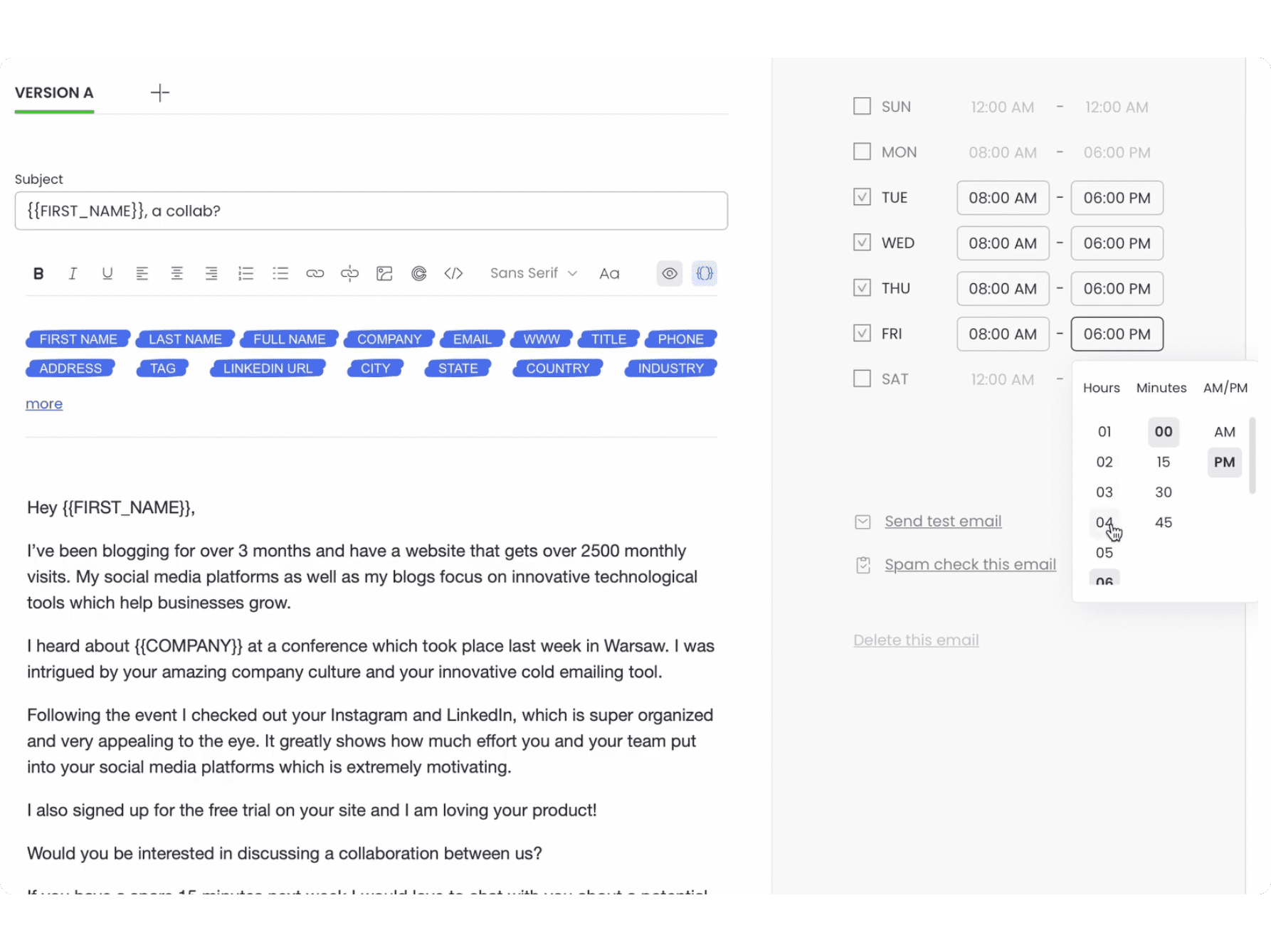
Price. From $49 per month (with A/B testing). A 7 days free trial is available.
Rating G2. 4,4.
LemList
LemList is a platform where you can create email mailings for your target audience, test different options of emails with A/B testing, and learn the best time to send an email campaign.
It is a good choice to launch an email campaign because of available simple personalization, automated follow-ups, set custom tracking domain (that is essential to boost open rates), and comprehensive integrations with other services.
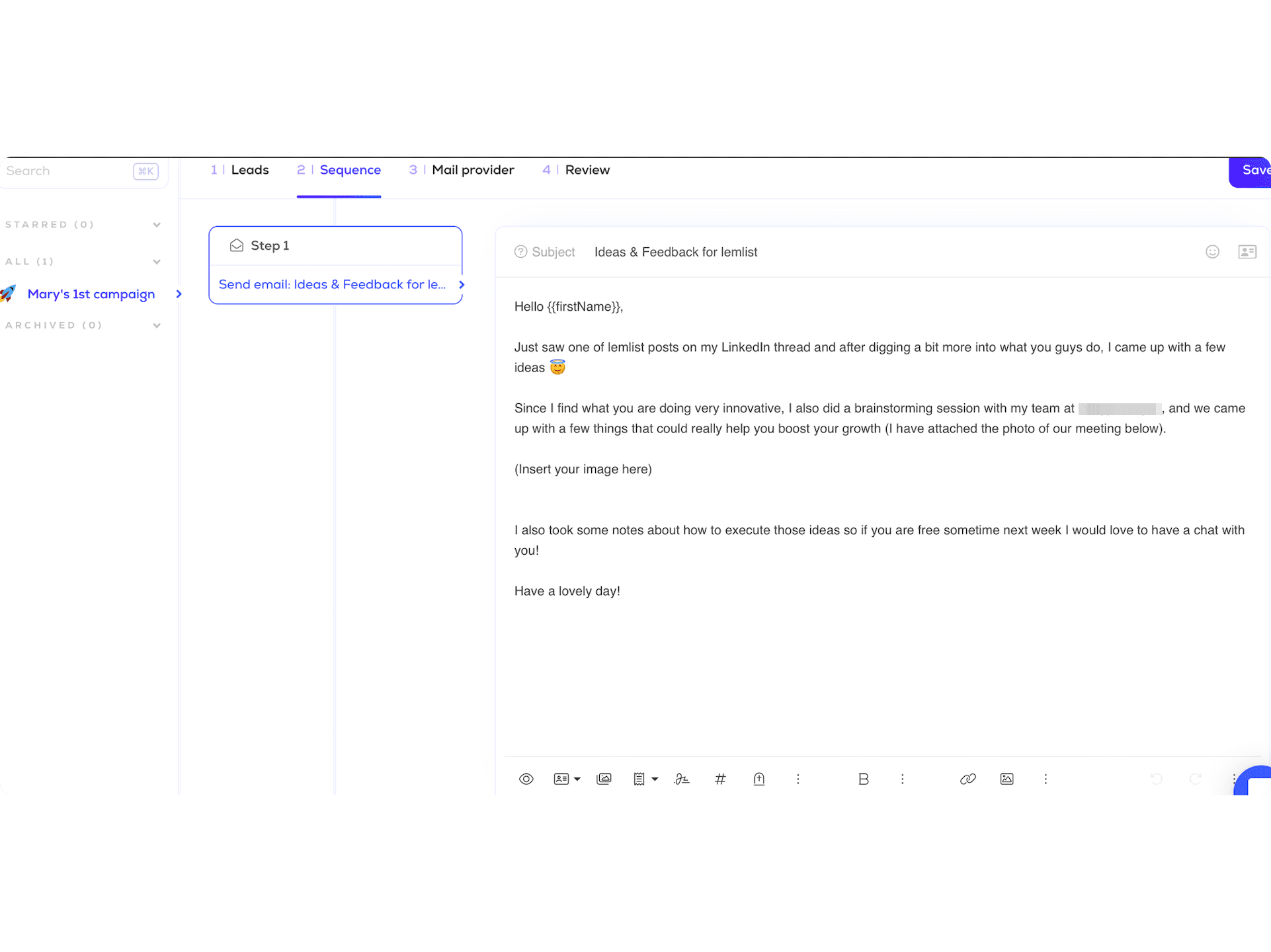
Price. From $59 per month. A 14 days free trial is available.
Rating G2. 4,1.
HubSpot
HubSpot Marketing Hub is a versatile software that will help you attract leads/customers, launch mailings, A/B testing, and get creative email templates to create compelling marketing campaigns that promote brand awareness and conversions.
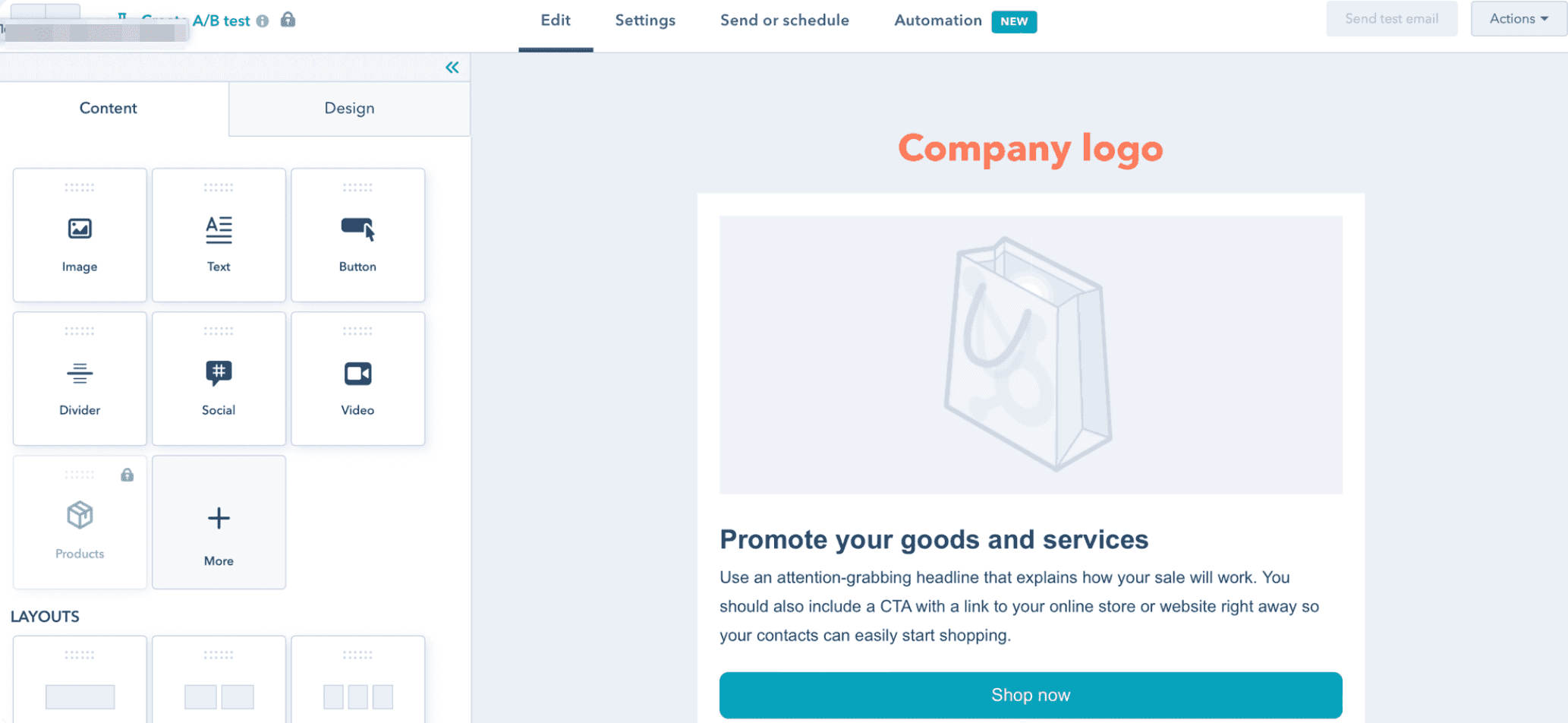
Price. From $45 per month. A free version is available.
Rating G2. 4,4.
You can divide the subscribers into two groups for such a test. Then set up mailings on different days. For example, one on Monday and one on Tuesday. This will test the theory that one day/time should be more effective than the other.
Remember. To get desirable results, it is important to repeat the test over several sending cycles.
Once you've determined the optimal time for your company, you can test it as a fixed variable in other combinations. This way, you can easily learn exactly how to maximize your newsletter's open rate.
#2. The most essential indicators for choosing the time to send email campaign
Indicator for selecting the right email time - Open rate
The first thing you need to know is the open rate of your emails. So you will know about the level of involvement of leads or clients. You can calculate it using the following formula.
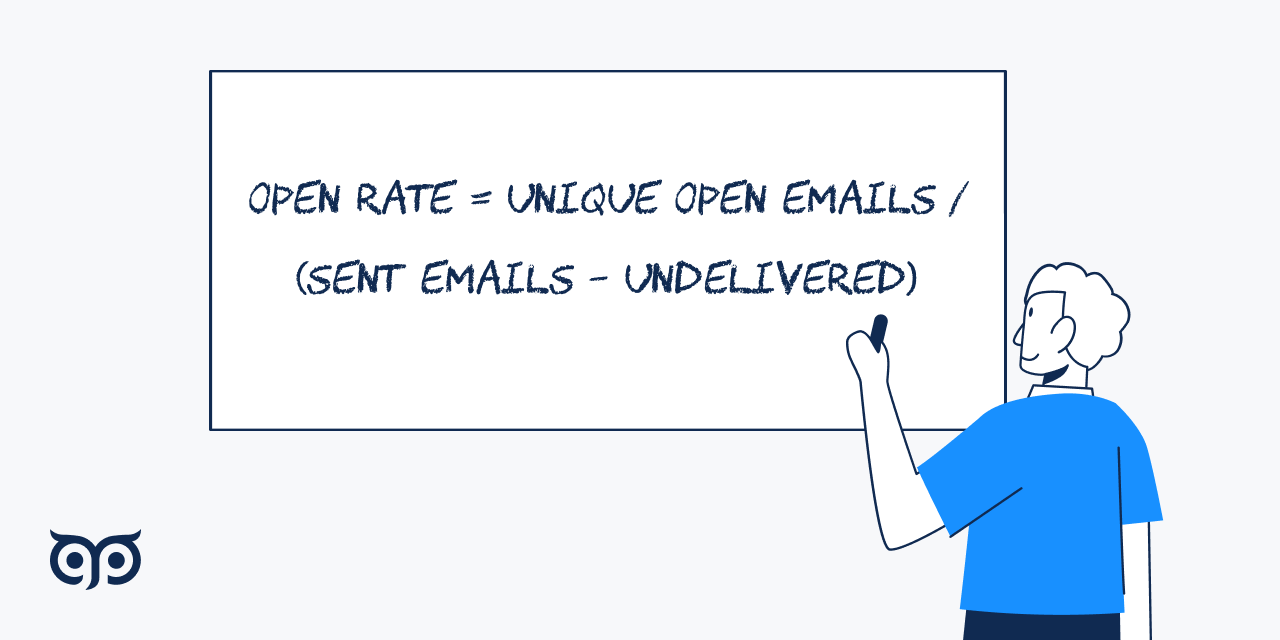
If you see that you have a low Open rate, it means that you most likely used an unsuccessful subject line that unfortunately did not attract the attention of your contact base, or the timing of the mailing was wrong.
Indicator for selecting the right email time - Click-through rate
It makes a huge difference in determining the perfect time to send out, whether recipients clicked on the links, the button, or whether your CTA worked.
To do this, you need to investigate the click-through rate, a measure of overall clickability. Note that the CTR takes into account all actions in the mailbox.
Usually, mailing services calculate this figure automatically. So you can find out the results of email campaigns in the report on the platform you see from which you will launch them. Or use this formula.
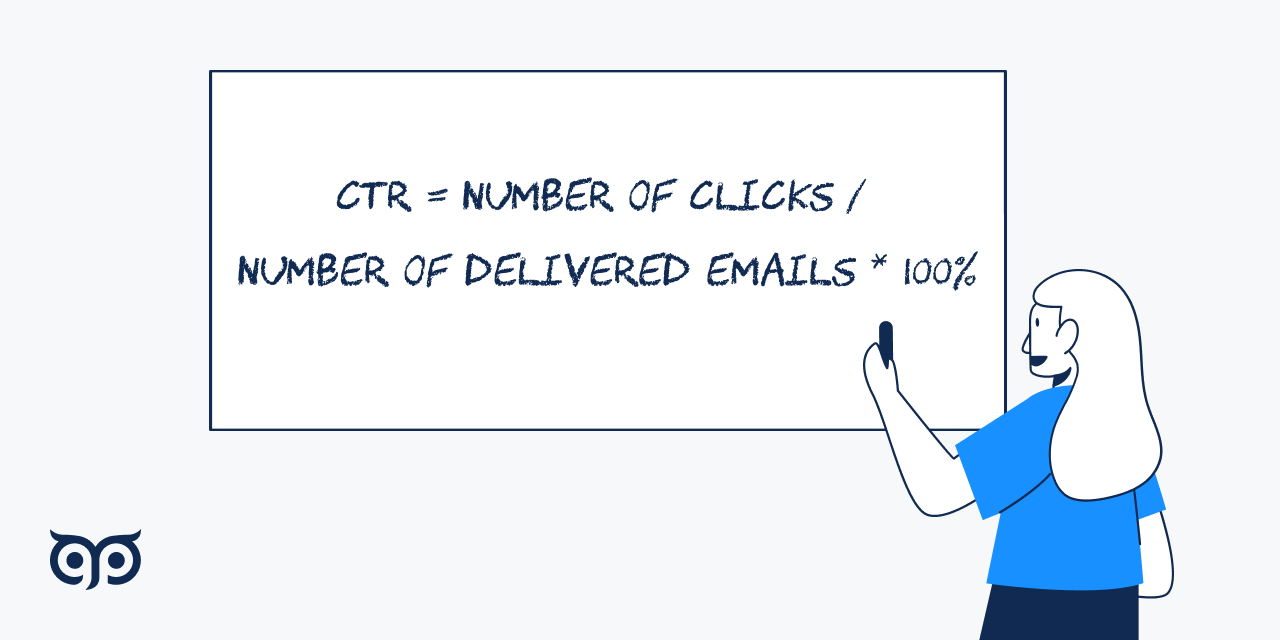
But it's worth realizing right away that the CTR number will always be less than the total number of emails opened because some people will open your email but then leave it without any interacting further.
Indicator for selecting the right email time - Click-to-open-rate
This is a metric that links two indicators: OR and CTR. CTOR considers only the actions of those who opened the email and shows the percentage of conversions from the number of open emails.
With this data, you can find out if the target audience is interested in the content in the mailing.
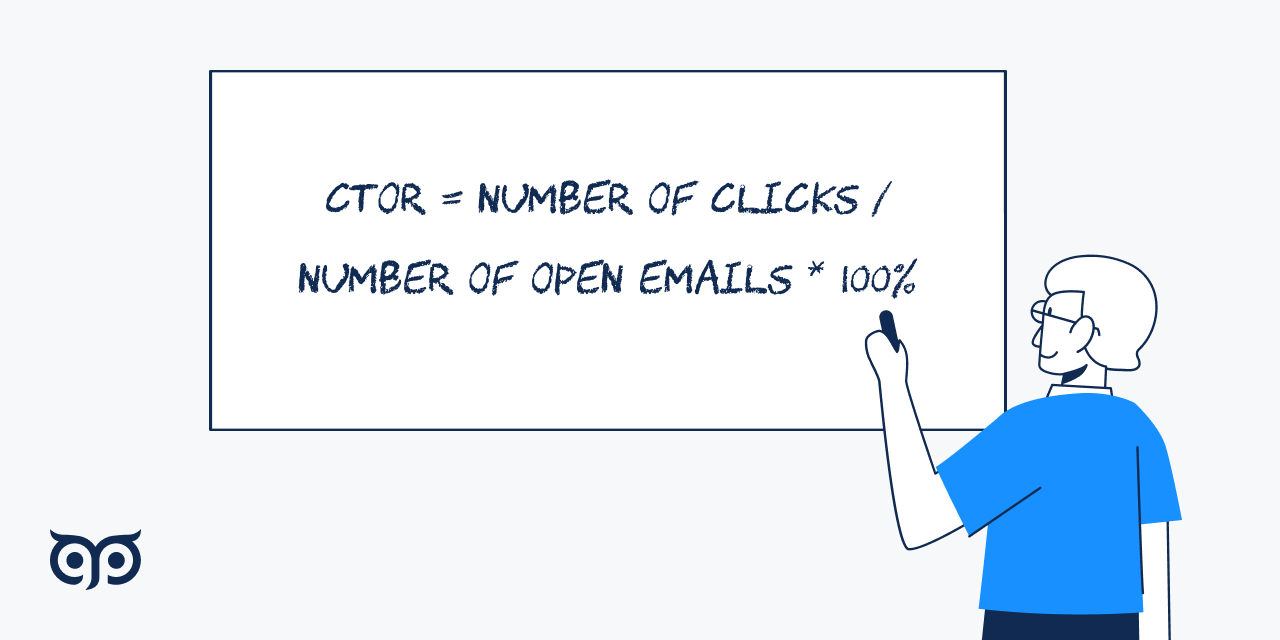
#3. Always check your contact database for validity before sending your email
Checking the validity of the email contact database is a mandatory step before mailing, ensuring a high delivery rate.
Plus, if some of your contacts are not valid, then the data on the successful time and day to send out email blast will not be correct, and of course, this will affect other factors:
- The reputation of your domain.
- Emails over time will not get to customers' inboxes but to spam.
- In addition, verification of the contact base minimizes the process of hard bounce rate.
Hard bounce can damage your domain's reputation and lead to the sender's blocking , and then day and time to send emails are no longer important. The maximum permissible limit of non-existent addresses is 7%, so to prevent this, check the contact database.
Dont risk the reputation of your domain, conduct A/B testing to get accurate results, send mailings only to relevant addresses and get an increase in response, increased lead generation, and sales
Verify emails nowSummary
- Day and time to send email campaign matter as it affects too many essential metrics.
- The best days to send emails are Tuesday, Wednesday and Thursday.
- The best time to send B2B emails is 10 am and 6 pm.
- The worst days to send B2B emails are Saturday and Sunday.
- You can measure your emailing effectiveness by choosing the right mailing tool (with A/B testing), researching the most important metrics, and checking your contact base for validity.



